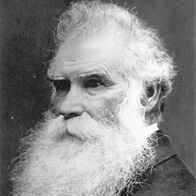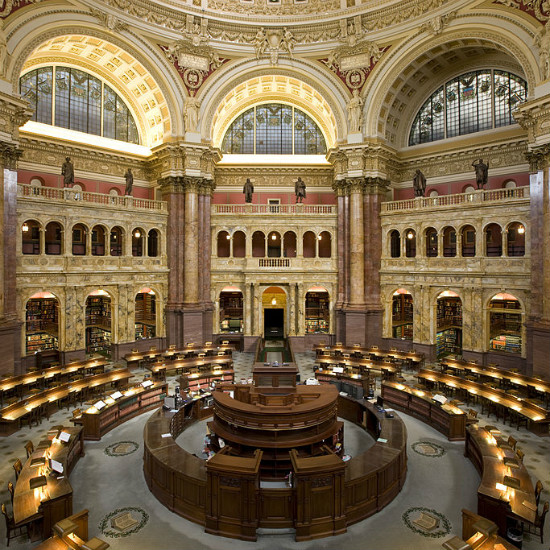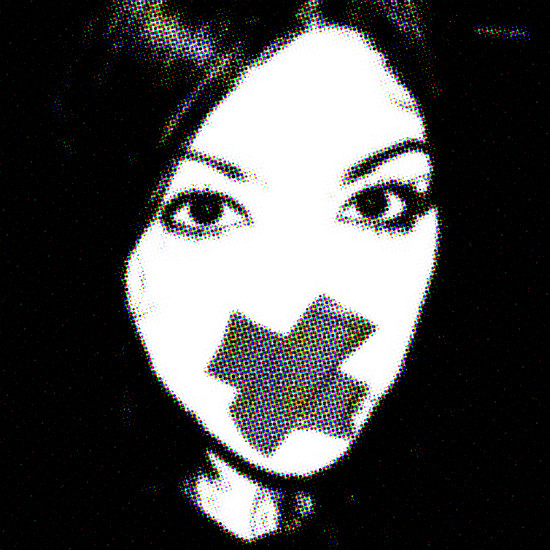We twenty-first-century pundits have become rather accomplished at discussing freedom of religion and freedom from religion. There may be one more preposition we need to add to our religious freedom rhetoric.
Back in 2013, the LDS church—often erroneously dubbed “the Mormon church” in disregard of the several, distinct Mormon churches in existence—launched what aspired to be the hub of an Internet campaign to promote religious freedom. The campaign rolled out a Facebook page, a news room, and a cute cartoon that explains why religious freedom is so important.
There’s a lot of unhappy experience behind the Mormon commitment to religious freedom. At its origin, Mormonism could not prevail on two state governments nor even on the federal government to protect it from systematic pillaging and murder in this Land of the Free. For that matter, in 1838, the governor of Missouri issued Missourians a license to kill Mormons to extinction in the form of “Executive Order 44”.
Mormons, that is, have the bona fides to advocate religious freedom.
But, historically, Mormons have been on the other side of religious freedom, too. Brigham Young invited people of all religions to the mountain hideaway to which U.S. persecution finally drove most of the Mormons after 1847, and pluralistic religious practice was, indeed, encouraged in Brigham’s stronghold. Nevertheless, as amenable as he might have been to the presence of other religions in the Salt Lake Valley, Brother Brigham very actively strangled any challenge to Mormon political hegemony. D. Michael Quinn, one of the most thorough historians to come from Mormonism, provides some alarming numbers from Brigham’s days as the LDS leader:
From 1851 to 1869, more than 99 percent of Mormon voters supported Church-approved candidates in all but one election. In that year, nearly 96 percent voted for the candidates selected by the L.D.S. president. From 1851 to 1877, there were only three non-unanimous votes in Utah’s House of Representatives, occurring once in 1851, once in 1855, and once in 1861. During the same 26 years, the Utah Legislature’s upper chamber voted unanimously on every motion and bill except for three dissenting votes on different days in 1852.” (“When Mormons Go to Washington“)
As the territory’s chief executive, and with the legislature in his pocket, Brigham hounded federally-appointed, non-Mormon judges until they quit—many of them—leaving Utah and the constitutional powers, which ought to have been balancing each other in the interest of all citizens, tipped, perilously, toward the church. Brigham’s commitment to Religious Freedom went only so far as his insistence that the U.S. Constitution gave the overwhelming majority of Mormons in the Utah Territory, who regarded Brigham’s word as law, the right to govern everyone else.
Freedom of Religion makes some sense, but not when it is claimed as the privilege of an institution to curtail a minority’s or an individual’s access to and participation in public life. To prevent an institution other than a democratically constituted government from acting as the government, we, indeed, need some substantial measure of Freedom from Religion.
And while we’re playing with the rhetorical energy of prepositions, let’s consider in.
For his three decades as the undisputed leader of the LDS church, Brigham Young expressly opposed contrary beliefs within his church, even those held by folks standing nearly beside him in the hierarchy. Brigham’s well-documented bullying of his fellow church officials strengthened Brigham’s singular authority, and inflicted a long-term injury on the LDS church’s aspiration to be fully American.
Orson Pratt, for instance, was a member of the church’s Quorum of Twelve Apostles, which was second in administrative authority only to Brigham’s own office of President of the Church. And Pratt openly disagreed with Brigham—not over abstruse interpretations of John’s Apocalypse, but over the very nature of god’s identity. Brigham railed and threatened and insulted Pratt, perennially, from Utah pulpits, as Pratt perennially vowed not to teach the church what he believed about who or what he worshipped, but then did anyway. Pratt retrenched just often enough to fend off excommunication.
But Pratt probably shouldn’t have had to play the Gotcha Game with Brother Brigham. If there is to be anything like Freedom of Religion, it must entail Freedom in Religion.
It should be evident that the very nature of “belief”, which involves a commitment to something for which the evidence is not compelling, is inimical to compulsion. Efforts to enforce a conformity of belief, therefore, among adherents of a faith community, deny faith itself. In any case, it should be clear that the effort to silence beliefs within a religion through such medieval mechanisms as excommunication strongly indicate a lack of faith that the message that compulsion prefers has enough vitality to survive on its own merits alongside other messages in a free environment.
Not only Freedom of Religion, but also Freedom in Religion provide a check against abuses of authority that are inevitable with people who get a little authority. Religious freedom works when it is the guarantee that individuals who have committed themselves to ideas that inspire and move them can act equally and without fear alongside other people, who are committed to other ideas, in the public space we all share. While this guarantee is in place—for institutions, as well as in institutions—religious people do, in fact, contribute to the health of public life, and also contribute in a positive way to renewing and strengthening the faiths that inspire them.












